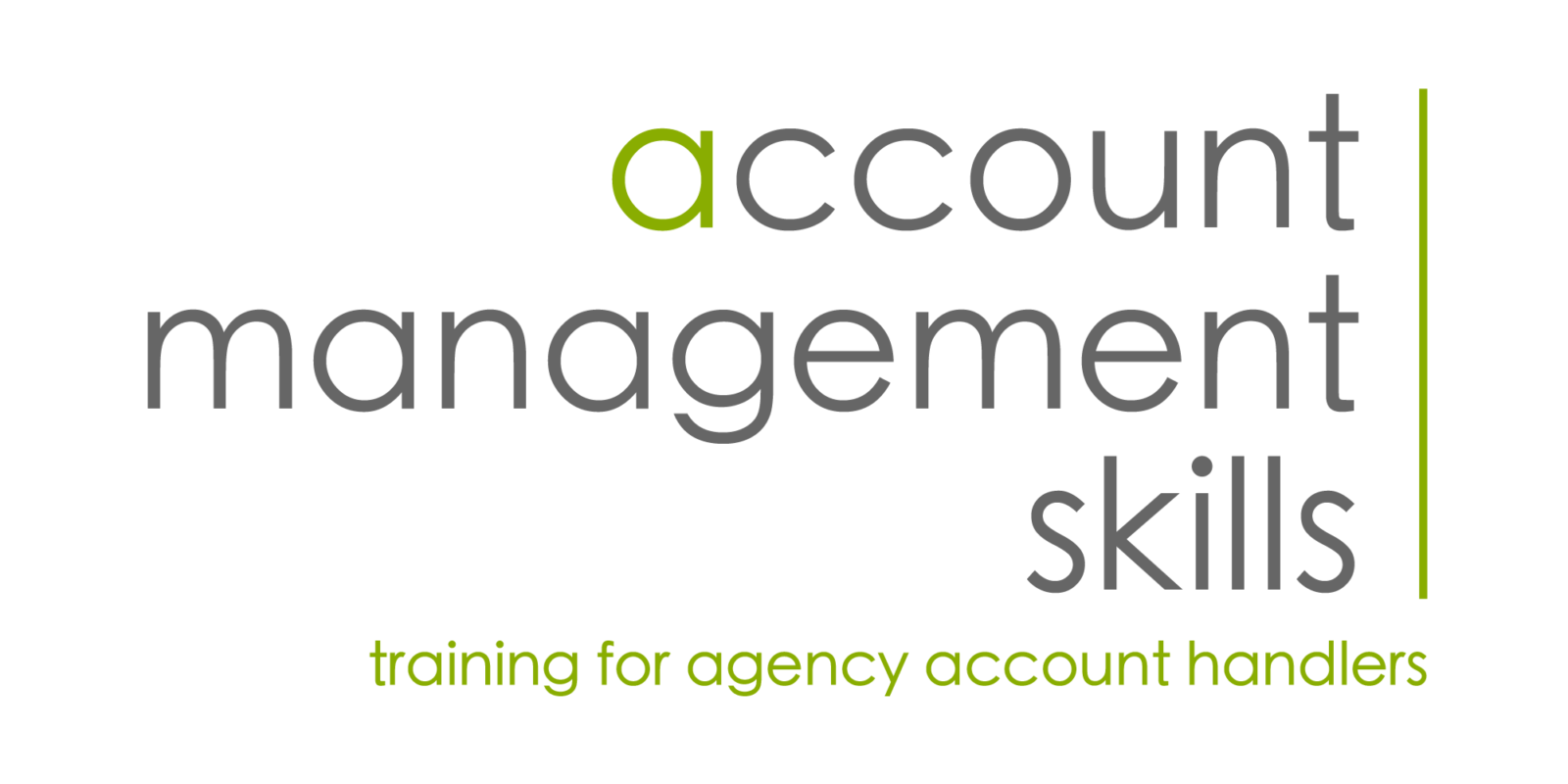
Internal meetings can be a time drainer for everyone involved.
They interrupt a team’s working day and take them away from getting on with being productive and therefore should be used sparingly and wisely.
As an account handler you are often responsible for calling, organising and steering internal meetings and so it’s up to you to ensure these meetings aren’t a waste of time.
Follow these rules when you’re thinking about holding an internal meeting and make sure you’re not the cause of this time wasting:
1. Consider the financial impact of having the meeting
Consider what impact this meeting will have on the agency’s bottom line. To put meetings into monetary terms, it can take people up to 15 minutes to recover from the interruption in their day and get back into the zone of concentrating on their current workload.
So it may just be a one hour meeting to you but if it involves 6 people, then it’s seven and a half hours of lost agency productivity time (6 people x 1 hour + 15 mins x 6). That’s a whole day! What else should the team be delivering instead of sitting in your meeting?
2. Decide what you are trying to achieve with this meeting
By asking yourself what you want to achieve by the end of the meeting can determine how the meeting is executed.
For example, are you trying to motivate, update or come up with ideas? Is this a crisis meeting? Is it time sensitive to tell everyone something right now?
While there is definitely a place for internal meetings, there are alternative ways to communicate with the team that you should consider and that are quicker, more efficient and effective.
- A short one on one chat with someone can be more motivating
- A small ‘sub-group’ of key strategic thinkers can come up with ideas quicker than a room full of people that don’t have enough background on the project
- An progress update email to the whole team means they are kept informed but they can choose to read the message at a convenient time for them.
3. Only invite those who will actively contribute
If you decide the internal meeting is necessary, try to keep attendees to a minimum. Don’t double-up e.g. inviting an Account Executive and an Account Manager. You will be circulating a succinct, one page summary of the meeting points and actions afterwards so make a list of those who really should be kept informed and circulate it to them afterwards instead.
4. Send an invitation to the meeting
Don’t waste hours of your own time sending emails back and forth trying to set up a meeting time that suits everyone, either use your office calendar in Outlook or similar or use the web tool Doodle which allows you to quickly find out everyone’s availability.
Assuming venue, duration and other attendees’ names are provided on the invite automatically (using your email system), use this template or similar on the meeting invitation to ensure everyone’s expectations are managed:
- Meeting title: Clearly state the project name, client and job number (if applicable)
- Objective of the meeting: Always include the objective so that people understand what’s expected of them
- Pre-reading: Attach any documents that you would like everyone to read. Let people know if this is mandatory i.e. is there any point in attending if they haven’t read the notes?
- Meeting notes: Let people know that short meeting notes/action points will be circulated after the meeting to attendees with cc to (list here the people you will include). This enables everyone to see that although one of their colleagues hasn’t been invited, they will be informed
5. At the meeting; state objective, keep to time, keep on track and keep notes
Be the ‘master of ceremonies’ at the meeting. People have a habit of digressing off important points so reiterate the objective of the meeting at the beginning, keep an eye on time and assert yourself if you sense there is a lot of time wasting. Everyone will be looking to you to keep your colleagues on track as you were the one who called the meeting.
Nominate someone to take notes/action points (for later inclusion on an email or contact report) and finish on time.
6. Send meeting actions and follow up
After the meeting, circulate the notes to everyone, ensure the action points are specific, assigned to one individual and have a time for completion.
I’d recommend you see this video talk on TED about managers and meetings by Jason Fried. Jason has a very radical but thought provoking view on how much time we waste in the office and how much productive work we manage to achieve. It’s a great talk. I’d highly recommend you watch it.
If you don’t have time, you’ll find the key points below the video. Enjoy.
Key points from the talk
1. When you ask people when they are at their most productive, they rarely say ‘in the office’.
2. Office workers look back on their work day and see that it was actually a series of ‘work moments’. They realise they didn’t actually get anything done, particularly creative people who need long uninterrupted periods of time to come up with ideas.
3. Ask yourself if you’ve ever had a long stretch of uninterrupted time by yourself in the office?
4. Work is like sleep in that it’s a phased process. When you go to sleep you go deeper into sleep. At work you go deeper into concentration. To get to the latter phases, you need to go through the early stages. If you’re interrupted you have to go back a few phases.
5. If you’re interrupted all night, how can you sleep well. If you’re interrupted at work, how can you expect to work well?
6. Some managers don’t want employees to work at home because of interruptions; TV, internet etc. But these are ‘voluntary’ disruptions. At the office most are involuntary.
7. Managers and meetings are the real problems in offices. A manager’s job is to interrupt people. Managers don’t seem to care what the employee is doing and overlooks the fact that it might not be a good time to stop what they’re doing for the meeting.
8. Jason’s suggestions for rectifying the situation are:
a). Choose a few hours per week or month where no-one is allowed to talk to one another so that they get a good chunk of uninterrupted time.
b) Switch from active communication (face to face) and replace with passive (email, instant messaging). Some might say it’s distracting but email can be shut down and instant messaging turned off at your choice. You can view them when you’re available.
c). Cancel the meeting. If you are responsible for calling it, consider cancelling it altogether!
What other tips would you add to these points about running internal meetings? Please leave a comment below.

